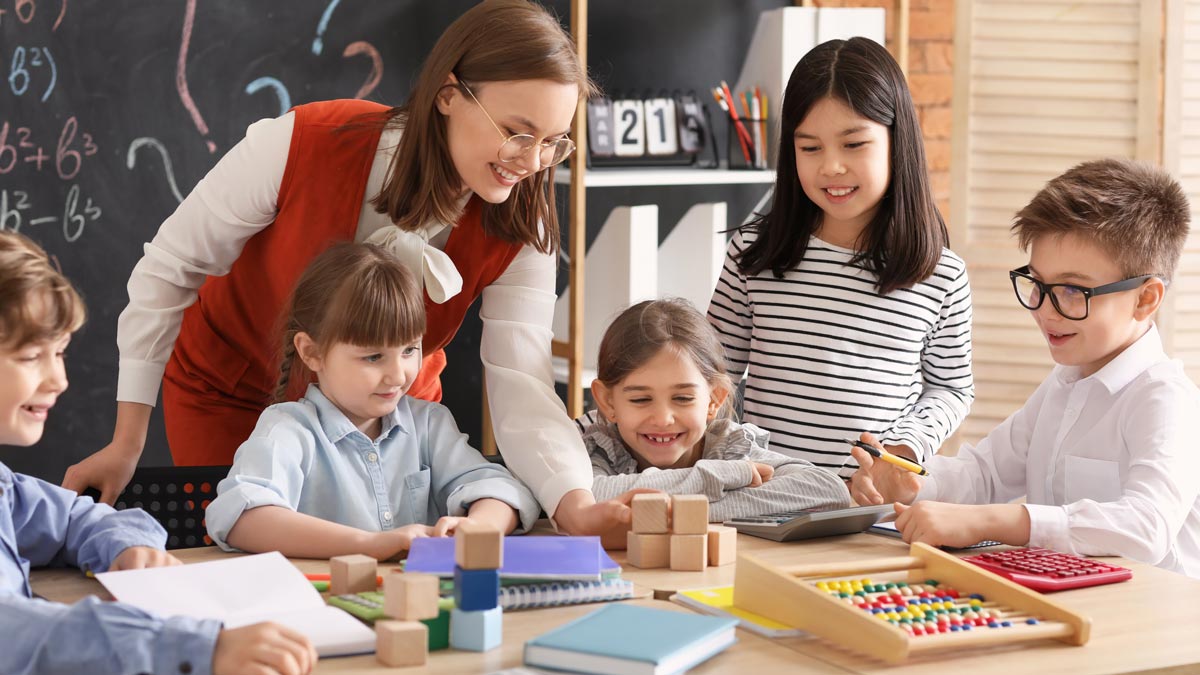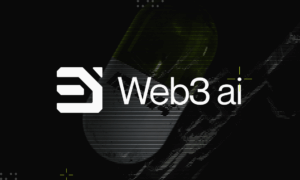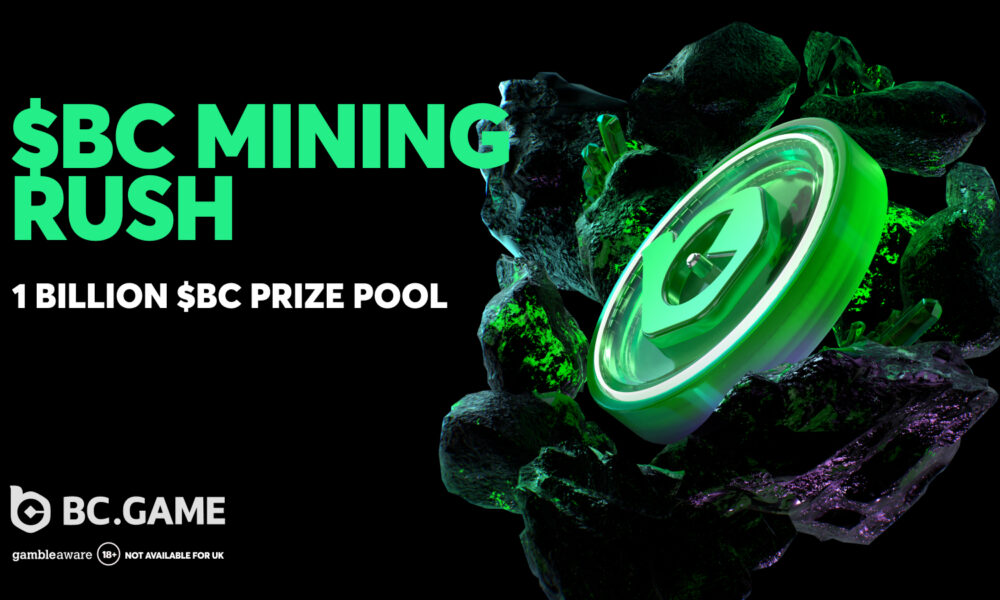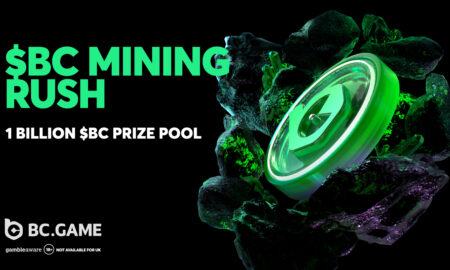In today’s rapidly evolving educational landscape, teachers are constantly seeking innovative resources and strategies to engage their students and create meaningful learning experiences. The digital age has revolutionised how educators access, create, and implement teaching materials, offering unprecedented opportunities to transform traditional classrooms into dynamic learning environments. Quality teaching resources not only support curriculum delivery but also foster student engagement, critical thinking, and skill development essential for 21st-century success.
For educators looking to enhance their teaching toolkit, platforms like LearningMole’s comprehensive guide to objectives and goals in effective lesson planning provide invaluable insights into structuring learning experiences that deliver measurable outcomes. As educational expert Michelle Connolly explains, “Objectives are the heartbeat of a great lesson plan,” forming the foundation upon which meaningful classroom activities and assessments are built. By establishing clear learning targets, teachers can create purposeful activities that guide students toward specific competencies while providing a framework for measuring progress.
The integration of technology has become particularly crucial in modern teaching practices, with LearningMole’s guide to using technology for classroom management offering practical strategies for leveraging digital tools effectively. From organisation systems to collaborative platforms, technology can streamline administrative tasks while creating new opportunities for interactive learning experiences. When implemented thoughtfully, these digital resources allow teachers to personalise instruction, automate routine processes, and create more time for meaningful student interactions.
Student engagement remains a cornerstone of effective teaching, and LearningMole’s strategies for enhancing student engagement and participation explores evidence-based methods for creating classroom environments where every learner feels motivated and empowered. Active learning techniques, such as reciprocal teaching and peer instruction, have been shown to significantly improve learning outcomes by encouraging students to take ownership of their educational journey. Creating opportunities for students to collaborate, problem-solve, and apply knowledge in real-world contexts can transform passive receivers of information into active participants in the learning process.
For teachers seeking to create more inclusive learning environments, LearningMole’s approach to classroom management for students with learning disabilities offers specialised strategies that support diverse learning needs. Universal Design for Learning (UDL) principles can help educators create accessible learning opportunities by providing multiple means of representation, expression, and engagement. By tailoring teaching approaches to accommodate different learning styles and abilities, educators can ensure that all students have the tools they need to succeed.
The Evolution of Teaching Resources
The concept of teaching resources has evolved dramatically over the past decade. Traditional textbooks and worksheets have been supplemented—and in some cases replaced—by interactive digital content, multimedia presentations, and collaborative online platforms. This shift reflects a broader transformation in educational philosophy, moving from teacher-centred instruction toward more student-centred, active learning models.
Modern teaching resources now encompass a vast array of materials and tools designed to support diverse learning styles and educational objectives. These might include:
- Interactive digital platforms that adapt to student progress
- Video tutorials and educational animations
- Game-based learning applications
- Virtual and augmented reality experiences
- Collaborative project-based learning tools
- Formative assessment platforms that provide real-time feedback
- Differentiated materials for various ability levels
The most effective teaching resources share common characteristics: they are aligned with curriculum standards, engaging for students, flexible enough to be adapted to different learning contexts, and designed to promote deep understanding rather than rote memorisation. They also tend to incorporate opportunities for active learning, problem-solving, and critical thinking—skills that are increasingly valued in today’s knowledge-based economy.
https://www.youtube.com/watch?v=tiUYMcPAI84
Creating a Resource-Rich Classroom Environment
A well-resourced classroom goes beyond simply having access to materials—it involves creating an environment where resources are strategically integrated into daily teaching and learning activities. This requires thoughtful planning and organisation to ensure that resources support rather than distract from educational objectives.
One effective approach is to develop learning centres or stations within the classroom, each equipped with relevant resources for specific topics or skills. These might include a reading corner with a range of texts at different levels, a STEM station with materials for hands-on experiments, or a digital hub where students can access online resources and collaborative tools.
Resource management is equally important, as even the best materials are ineffective if they’re difficult to access or maintain. Many teachers find success with digital organisation systems that allow them to categorise and quickly retrieve resources based on subject area, learning objective, or student needs. Physical resources might be organised using colour-coded systems, clearly labelled storage containers, or student-accessible libraries that encourage independent learning.
The Role of Teacher-Created Resources
While commercially produced teaching materials offer convenience and professional design, many educators find that creating their own resources allows for greater customisation to meet the specific needs of their students. Teacher-created resources can be tailored to address particular learning objectives, differentiated for various ability levels, and designed to reflect the interests and cultural backgrounds of students.
Digital tools have made it easier than ever for teachers to create high-quality resources. Design platforms like Canva provide user-friendly templates for worksheets, presentations, and infographics, while content creation tools enable the development of videos, podcasts, and interactive activities. Many teachers also benefit from collaborative platforms where they can share and adapt resources created by colleagues, building upon existing materials rather than starting from scratch.
The development of custom resources does require an investment of time, but the benefits often outweigh this initial cost. Teacher-created materials can be refined and reused across multiple years, gradually building a personalised library of resources that reflect an educator’s unique teaching style and respond to the specific needs of their student population.
Leveraging Technology for Enhanced Teaching and Learning
Technology has transformed not only how teachers access and create resources but also how these resources are delivered to students. Digital platforms now allow for more dynamic and interactive learning experiences, with opportunities for real-time feedback, collaborative work, and personalised pathways based on student progress.
Learning management systems (LMS) provide centralised platforms where teachers can organise resources, assign tasks, track student progress, and communicate with learners and parents. These systems can streamline administrative processes while creating a cohesive digital learning environment that extends beyond the physical classroom.
Virtual and augmented reality technologies are opening new possibilities for immersive learning experiences. Students can explore historical sites, dissect virtual organisms, or manipulate 3D models of complex systems—experiences that would be impossible or impractical in traditional classroom settings. While these technologies are still emerging in educational contexts, they represent the cutting edge of resource development for enhanced learning.
Assessment and Feedback Tools as Teaching Resources
High-quality assessment tools are essential teaching resources that inform instruction and support student learning. Beyond traditional summative assessments, formative assessment tools provide opportunities for ongoing feedback and adjustment of teaching strategies based on student performance.
Digital assessment platforms offer advantages including automated grading, instant feedback for students, and data analytics that help teachers identify patterns in student understanding. These tools can free up teacher time for more personalised interactions while providing valuable insights into class and individual progress.
Equally important are self-assessment and peer feedback resources that encourage students to reflect on their learning and develop evaluative skills. Rubrics, checklists, and reflection prompts can guide students in assessing their own work and providing constructive feedback to peers, fostering metacognitive skills that support lifelong learning.
The Future of Teaching Resources
As education continues to evolve, teaching resources will likely become increasingly personalised, adaptive, and integrated across physical and digital environments. Artificial intelligence and machine learning technologies promise more sophisticated adaptive learning platforms that can provide truly individualised educational experiences, adjusting content, pace, and approach based on student performance and preferences.
The growing emphasis on sustainability is also influencing resource development, with more educators seeking environmentally friendly alternatives to disposable worksheets and single-use materials. Digital resources offer environmental benefits through reduced paper consumption, while durable, reusable physical materials support sustainable classroom practices.
Community-based resource sharing is another emerging trend, with teachers collaborating across schools, districts, and even countries to develop and refine high-quality teaching materials. These collaborative approaches not only reduce workload but also bring diverse perspectives and expertise to resource development, resulting in more robust and inclusive materials.
Conclusion
Quality teaching resources are fundamental to effective education, providing the tools and structures that support meaningful learning experiences. Whether digital or physical, commercially produced or teacher-created, the best resources facilitate active engagement, critical thinking, and skill development while accommodating diverse learning needs and styles.
For educators navigating the ever-expanding landscape of teaching materials, platforms like LearningMole offer valuable guidance and ready-to-use resources that align with evidence-based instructional practices. By thoughtfully selecting, creating, and implementing resources that support specific learning objectives, teachers can create classroom environments where all students have the opportunity to thrive.
“At LearningMole, we believe that quality teaching resources are the foundation of transformative education. Our mission is to support teachers with practical, evidence-based materials that engage students and build essential skills for future success,” explains Michelle Connolly, founder of LearningMole and an educational consultant with over 16 years of classroom experience. To explore more innovative teaching resources and expert guidance, visit LearningMole.com.





























